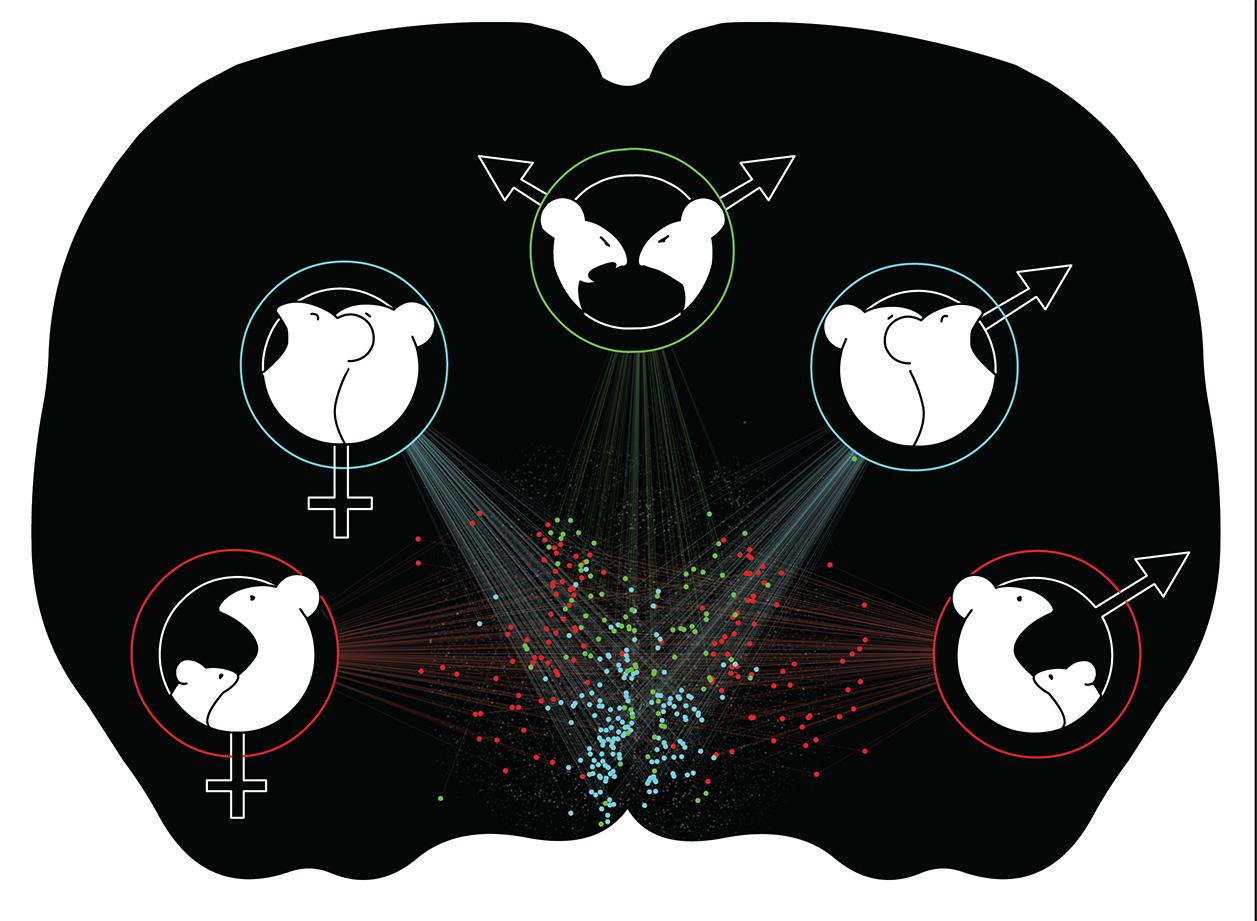Abstract:
How does the enormous cellular diversity of the brain orchestrate behaviors that are precisely coordinated with external and internal signals? Social behaviors are strongly motivated, evolutionarily conserved and stereotyped functions, and thus provide a tractable model to relate molecularly definable circuits to function.
However, a mechanistic understanding of social behaviors has been held back due to the absence of a molecular and cellular parts-list of the brain and of the circuits they form. While Single cell RNA sequencing (scRNAseq) allows for the comprehensive listing of cell types according to their transcriptional profiles, further insight into highly intermingled and spatially organized neural circuits requires studying gene expression within functionally relevant cell-types in situ. I will present a new approach to functionally and spatially identify behaviourally relevant circuits using a combination of scRNAseq and MERFISH – a technique capable of imaging hundreds of RNA species in brain sections. We have used this approach to molecularly and spatially map ~1 million cells from the preoptic region of the hypothalamus which controls essential social behaviors and fundamental homeostatic functions. Having identified ~70 different types of neurons, most previously unknown, we discovered diverse spatial organizations, principles underlying sex hormone signalling and cell-types activated by important social behaviors in male and female mice, including parenting, aggression and mating. Notably, we identified distinct cell populations that were differentially activated in mothers and fathers during parenting, providing insights into how physiological state and sex affect parental behavior.
In a second project, I have explored the neural circuit and molecular bases underlying sexually dimorphic displays of social behaviors. I will present the discovery of a sexually dimorphic hypothalamic locus that processes vomeronasal olfactory information to gate sex-specific displays of mating and aggression. These experiments provide mechanistic evidence for the theory that sexually dimorphic behaviors can arise from architecturally similar circuits which are modulated differently in males and females.
Our work thus provides a molecular and spatial framework to understand how survival circuits are organized in the brain and how they might be modulated by sex and physiological states.

Biography:
I grew up in India and received undergraduate and master’s degrees in biotechnology from Panjab University (2005) and Jawaharlal Nehru University (2007) respectively. I then moved to New York, where I performed PhD studies in the laboratory of Dr. Cristina Alberini at the Mount Sinai School of Medicine and New York University. My graduate research focused on understanding molecular mechanisms underlying long-term memory formation. Specifically, I delineated the temporal progression of molecular events underlying memory formation and persistence including the discovery of a molecular basis for the modulatory effects of stress hormones on memory formation. I moved to Dr. Catherine Dulac’s lab at Harvard University in Fall 2013, where I developed new approaches to uncover the anatomical and functional neuronal diversity underlying social behaviors and explored the neurobiology of sex differences in social behavior circuits.
No need to book, just turn up!
